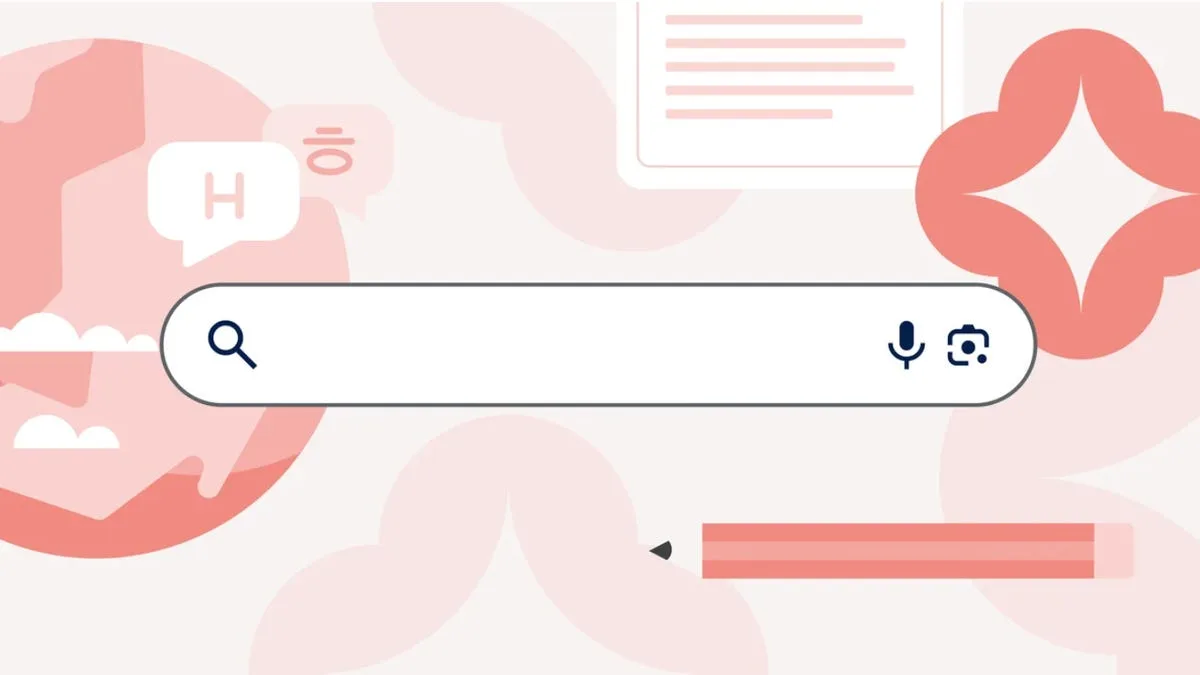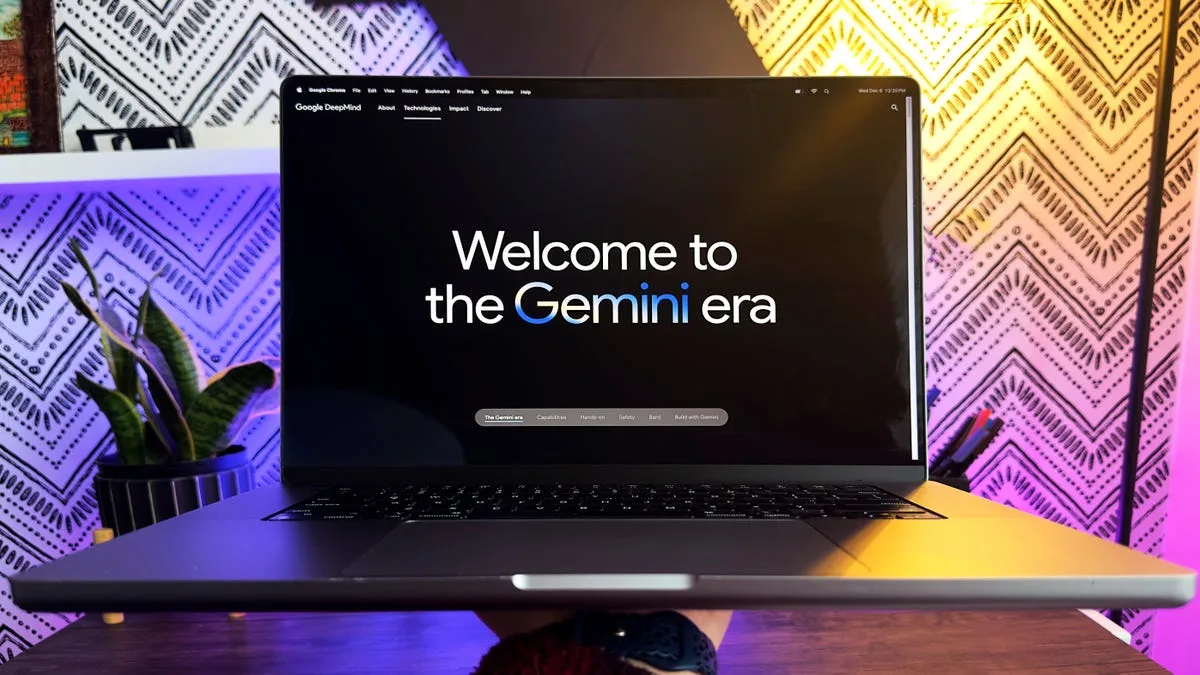The Race for Generative AI Dominance: A Look at the Leading Players
Since ChatGPT burst onto the scene in late 2022, generative artificial intelligence (GenAI) models have been competing for the lead, with the United States and China emerging as hotbeds for this cutting-edge technology.
GenAI tools can create images, videos, and written content, while also answering questions and assisting with various online tasks based on straightforward prompts. Their popularity and sophistication distinguish these AI assistants from their predecessors.
Hot ChatGPT
While AI existed before ChatGPT, it was the first model to make GenAI freely accessible as a dedicated application. San Francisco-based OpenAI has consistently enhanced ChatGPT’s capabilities with each update, the latest being GPT 4.5.
One version, released late last year and named o1, stands out as a next-generation model designed to take time to contemplate answers. This model provides comprehensive results while reducing errors, sharing its “chain of thought” rather than generating instant responses.
OpenAI has also equipped ChatGPT with the ability to act as a digital “agent,” capable of browsing the internet and compiling information, mimicking human task execution.
Google Gemini
Google has employed AI for years behind the scenes, but in March 2023, it unveiled Bard to compete directly with ChatGPT. Bard has since evolved into a more advanced model known as Gemini, incorporated into Pixel phones and beyond.
The tech giant has embedded Gemini into its search engine to display “AI Overviews”—summaries of query results alongside relevant links. This multimodal approach allows users to search using pictures, video, or sound, pushing the boundaries of input capabilities in GenAI tools.
In February, the Gemini 2.0 model, capable of “step-by-step” reasoning, made its debut.
Cautious Claude
Founded by former OpenAI engineers, Anthropic launched Claude in March 2023. This San Francisco-based startup emphasizes responsible AI development, taking a cautious approach compared to its competitors.
In February, Anthropic introduced Claude 3.7 Sonnet, its first model that merges instant responses with thoughtful reasoning. Additionally, Claude has been enhanced with a “computer use” feature, enabling the AI to perform computer tasks independently.
Mighty Meta
Meta is integrating custom AI across its platforms, including Facebook, Instagram, Threads, WhatsApp, Messenger, and its Ray-Ban connected glasses, aiming to create the most widely used digital assistant globally.
Meta’s chatbot is built on the open-source Llama model, recognized as one of the most powerful available. Recent reports suggest that the Silicon Valley titan is planning to release MetaAI as a standalone application, directly challenging OpenAI and Google.
Grok Snark
After parting ways with OpenAI in 2018, Elon Musk has made waves in the GenAI arena, having sued OpenAI, attempted to buy it, and established a rival called xAI.
Musk’s chatbot Grok leverages the rich data on X (formerly Twitter) for training its AI model, following his acquisition of the platform in late 2022. Grok is marketed as a chatbot with personality and humor, promising fewer constraints in content generation.
Upstart DeepSeek
Founded in 2023 by the Chinese investment firm High-Flyer, DeepSeek made a significant impact in January 2025 with the launch of its R1 model. The company claims that its AI tool utilizes less sophisticated hardware than its competitors, significantly cutting costs.
The DeepSeek application achieved tens of millions of downloads within weeks of its release, showcasing its rapid ascent in the GenAI landscape.
Mounting Mix
Chinese tech giants like Tencent (Yuanbao), Baidu (Ernie), and ByteDance (Doubao) are also vying for dominance in the AI market. In March, Alibaba introduced its QwQ-32B model, claiming it matches the performance of DeepSeek’s R1.
Moreover, France-based Mistral launched Le Chat, AI software particularly adept in document and image analysis, further enriching the competitive landscape of GenAI technologies.
Conclusion
The landscape of generative artificial intelligence continues to evolve rapidly, with numerous players pushing boundaries and redefining what’s possible. As these technologies become increasingly sophisticated, the race for dominance will only intensify, promising advancements that will shape the future of AI and its applications across various domains.
FAQs
1. What is Generative AI (GenAI)?
Generative AI refers to artificial intelligence models that can create content, including images, videos, and text, based on user prompts, making them versatile tools for a range of applications.
2. What sets ChatGPT apart from other GenAI models?
ChatGPT was the first to make Generative AI widely available as a dedicated application, and it continues to evolve through updates that enhance its capabilities, such as the recent introduction of GPT 4.5.
3. How does Google’s Gemini differ from Bard?
Gemini is an evolved version of Bard that incorporates more advanced capabilities, including multimodal inputs and the ability to perform step-by-step reasoning, aimed at improving the user experience in search queries.
4. What is the focus of Anthropic, the company behind Claude?
Anthropic emphasizes responsible AI development, adopting a cautious approach in its innovations, which is reflected in Claude’s combination of instant responses coupled with thoughtful reasoning.
5. What is the significance of DeepSeek’s R1 model?
The R1 model from DeepSeek has gained considerable traction due to its cost-effective design using less sophisticated chips, enabling it to rapidly achieve a large user base shortly after its launch.







